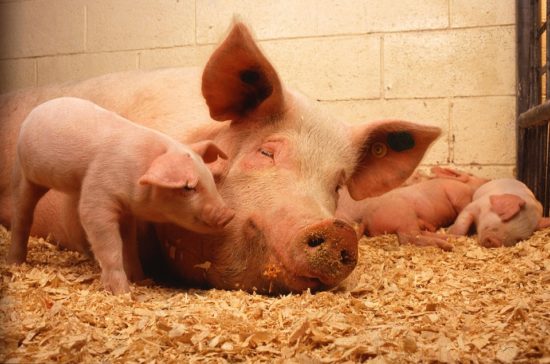Targets for anti-microbials must allow for ‘massive’ variation within livestock sector
Ambitions to lower the use of antibiotics in farming must take into account the “massive” amount of variation between member states and also between species, according to a leading livestock sustainability consultant who also highlighted the pressing need to digitalise the animal health sector.
On the backdrop of an increased focus on animal welfare in the EU, EURACTIV spoke with Jude Capper, a livestock sustainability consultant, to hear about her on the ground perspective on animal health.
The rise of antimicrobial resistance (AMR) is a looming global crisis, threatening our ability to treat common infectious diseases, resulting in prolonged illness, disability, and death.
As such, in its flagship food policy, the Farm to Fork strategy, the European Commission outlined a 50% reduction in the sale of antimicrobials for farmed animals and in aquaculture by 2030.
AMR NEWS
Every two weeks in your inbox
Because there should be one newsletter that brings together all One Health news related to antimicrobial resistance: AMR NEWS!





